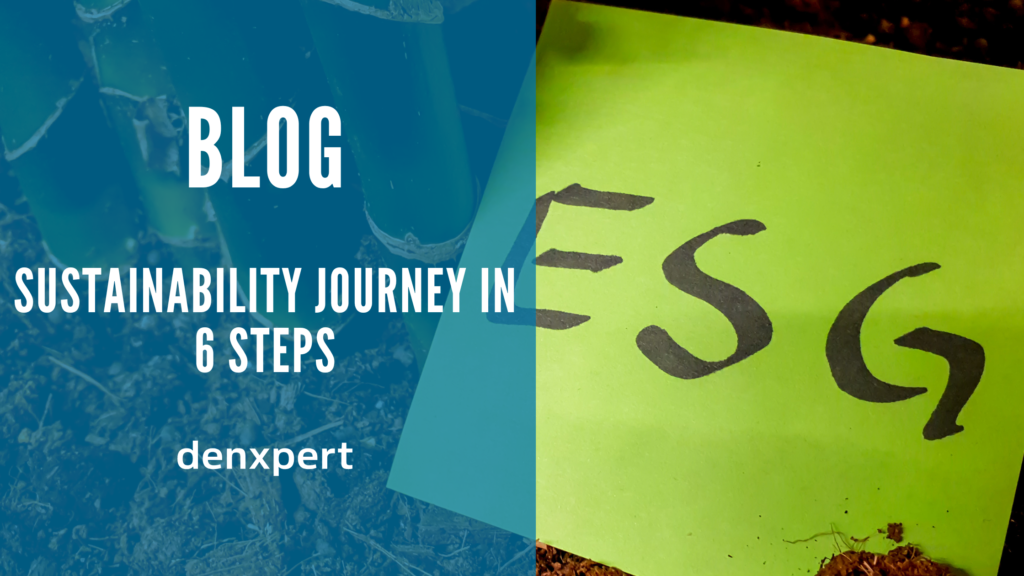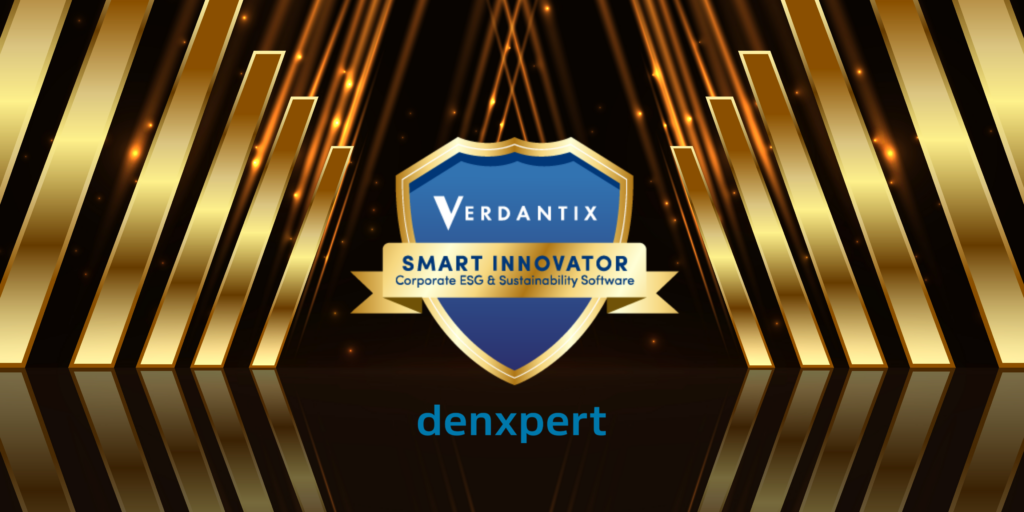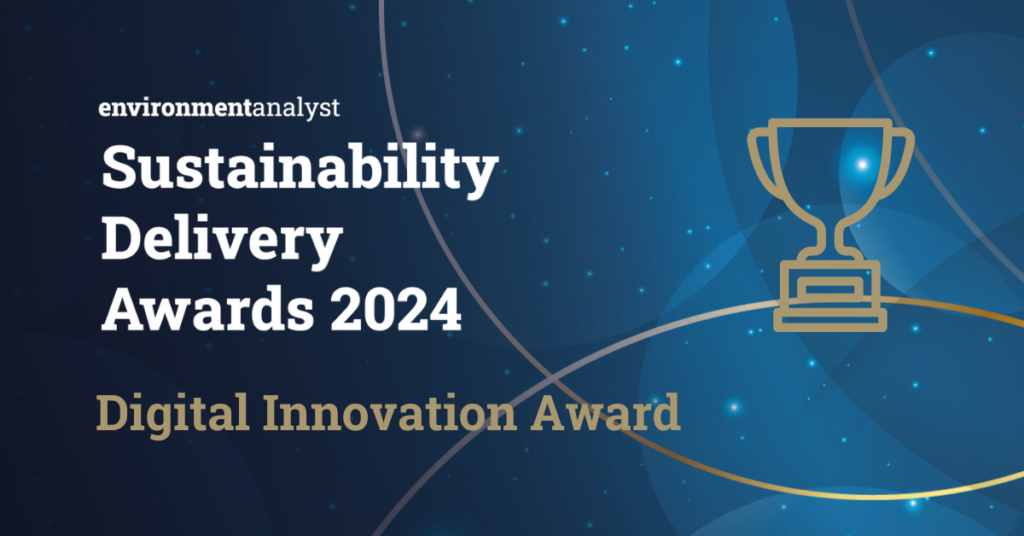More and more people are willing to buy a product made from recycled materials or materials labeled with environmental certifications, Today, customers are becoming more informed about sustainability and they want to feel good about the products they use and the environmental impact related to them. They might not fully understand how a product is impacting the environment or what the vendor’s ESG rating is, customers’ commitment to the environment is noticeably increasing.
Sustainability and ESG (Environmental, Social and Governance) are hot topics today, but there’s confusion about the related terminology. Even environmental experts use it in the wrong context. In this post, we clarify the differences between CSR, sustainability and ESG and give you an overview of companies’ sustainability journey.
Corporate Social Responsibility (CSR)
CSR is a voluntary company program. It’s about reinvesting part of the company’s profit into the local society. Indeed, CSR is a corporate philanthropy program that subsidies the local communities. There is no link between the CSR program and the company’s operation – a nuclear power plant can subsidize the wall painting of a kindergarten.
CSR initiatives never look forward; they are backward-looking programs. CSR reports retrospectively explain what the company did for the local community, for example, which non-profit organization or event they supported in the given period.
CSR programs have no systematic elements. There are no short-, mid- or long-term goals included. They have no targets and KPIs. So, you can’t measure if your program was impactful or less effective.
All in all, CSR is an employer branding tool, a way to get closer to the local communities and improve your company’s image.
Sustainability
Sustainability is a systematic, standard-defined structure. It has two critical elements:
- Stakeholder assessment: understanding who your stakeholders are and what they expect from you.
- Materiality: understanding where you have an impact on your stakeholders, so what is important (i.e., what is material) for your company.

These two elements, understanding what is expected and what is important, define the direction of your sustainability program.
There are three relevant areas of a sustainability program: environmental, social and governance. (As you can see, we are heading towards the ESG, but still on a freeway.) In contrast with CSR, the short-, mid- and long-term targets and goals are essential elements of a sustainability program.
Sustainability programs are guided by standards:
- You should use GRI (Global Report Initiative) or SASB (Sustainability Accounting Standards Board) to write a report.
- You can use the GHG (GreenHouse Gas accounting) protocol if you must make your carbon footprint.
- If you want to make your water footprint, you should use the water reliance program.
- You can use the SBTi (Science Based Targets initiative) for target setting.
- The U.N. Global Compact or the Sustainable Development Goals can be used as a guide for the structural elements.
Transparency is a crucial element – your results should be validated. The sustainability reports are text-heavy and descriptive. Reports are typically 100+ pages long. A sustainability program always needs substantiation. Therefore, case studies are critical in proving that you have completed those projects you have committed to in the program.
The programs are cross-functional – many business elements and aspects come together, and sustainability appears as a stand-alone function at the company. To sum up, your sustainability program must focus on your materiality, and your materiality must be in line with the impact of your company.
ESG (Environmental, Social and Governance)
Now we understand CSR and sustainability. Let’s see the third definition, ESG. ESG is the abbreviation for environmental, social and governance. How does it differ from sustainability? The main difference is that ESG is the world of numbers. The concept came from the financial sector, from the investor community. Investors wanted to understand the companies’ risk and exposure without spending time studying complex programs and 100-page long reports.

Investors prefer the essence of all the above: drilling down to numbers to understand targets, performance and impact of companies under review. So, ESG rather reflects financial mentality.
Materiality is different in each company, which investors want to put in order to rate the companies. ESG is a company rating system – not just a financial rating but also a sustainability rating. It’s not only about how much money your company can make, but how that profit is generated. ESG metrics are key for investors to understand which company to invest in and how to minimize their risk and exposure based on clear numbers and KPIs. This is what ESG is about.
The Sustainability Journey
Each company is at a different stage of the sustainability journey. First, you must understand where you are. We can illustrate it with Bob Villard’s 5-Stages Sustainability Journey model.

- Compliance: We see many companies planning sustainability strategies without laying the foundation: a comprehensive legal structure. So, the first step on your journey is meeting all relevant regulatory compliance requirements in your industry.
- Beyond Compliance: The next step is finding ways to be more effective by emitting less. Your products should be impacted and produced more efficiently.
- Integrated Strategy: It’s a big step forward where your product or service is produced already with sustainability in mind. The key question at this stage is, “How can I make a sustainable product or service?”
- Purpose/Passion: the final stage is where the whole purpose of your company is subordinated to sustainability. This stage includes even disregarding profit. The most famous example is Patagonia, an outdoor clothing retailer, which even urged customers not to buy their jackets; they took back used clothes and refurbished them instead.
If you understand where you are, you can plan the next step and how that fits into your business model. Now let’s see how to build up a step-by-step process for planning your sustainability journey.
Step 1: Internal Readiness
The very first step is the analysis of your internal readiness. Within this step, you must understand your current capacities, competencies and internal systems – your company’s overall preparedness.
Step 2: External Environment
In the next step, you should explore the external landscape. Key questions to answer here include what your competitive landscape looks like. What have the leading market players achieved? What are the industry standards and best practices in your market?
Step 3: Value Chain
The next step is to understand and set up your value chain. By mapping your value chain, you can get systematic thinking and analyze every component of it so that you won’t miss a step. The value chain should cover the raw materials, the energy, the upstream and downstream of manufacturing, the transportation, the logistics, the customer, and the end of your product life.
Step 4: Stakeholders
In step 4, you need to explore who your stakeholders are. Typically, they are your employees, the authorities, the NGOs, partners, suppliers, and customers. When you understand who your stakeholders are, you should ask them what their expectations are from you. Don’t deal with what you would like to deal with, but the elements you are expected to deal with!
Step 5: Materiality
All the above are linked to the next step, called materiality. Materiality means defining everything important for your company. If you understand what the expectations towards you are and what you have an impact on, these two elements give you the critical (material) areas where you need to focus on.
Step 6: Risks, Opportunities and Exposure Landscape
In the final step, you must set up your risks, opportunities and exposure in the critical areas. This is when you can form your strategy. Your strategy must reflect your material issues coming from your stakeholder expectations. To understand your stakeholders, you must be clear about your value chain and external and internal environment. These aspects are becoming a solid system.
To make your strategy actionable, you must create action plans. The action plans must define your KPIs, the used standards, measurements, and the time scale. Action plans turn your strategy into a project mode.
For example, if your strategy tells you that your climate impact is material, you must measure your carbon footprint. You should put a decarbonization strategy together. The decarbonization strategy should end up with a technical project which will solve the problem and measure it.
The final step of the journey: The Sustainability Report
The last element is providing transparency of your strategy, which takes shape in the sustainability report. In the sustainability report, you guide the audience through your program. You must explain how you got to your materiality and why they are important for your company. They can follow up on your strategy, action plans, KPIs, measures, and metrics. This is the journey that every company should follow. A systematic methodology that gives you excellence in sustainability.







